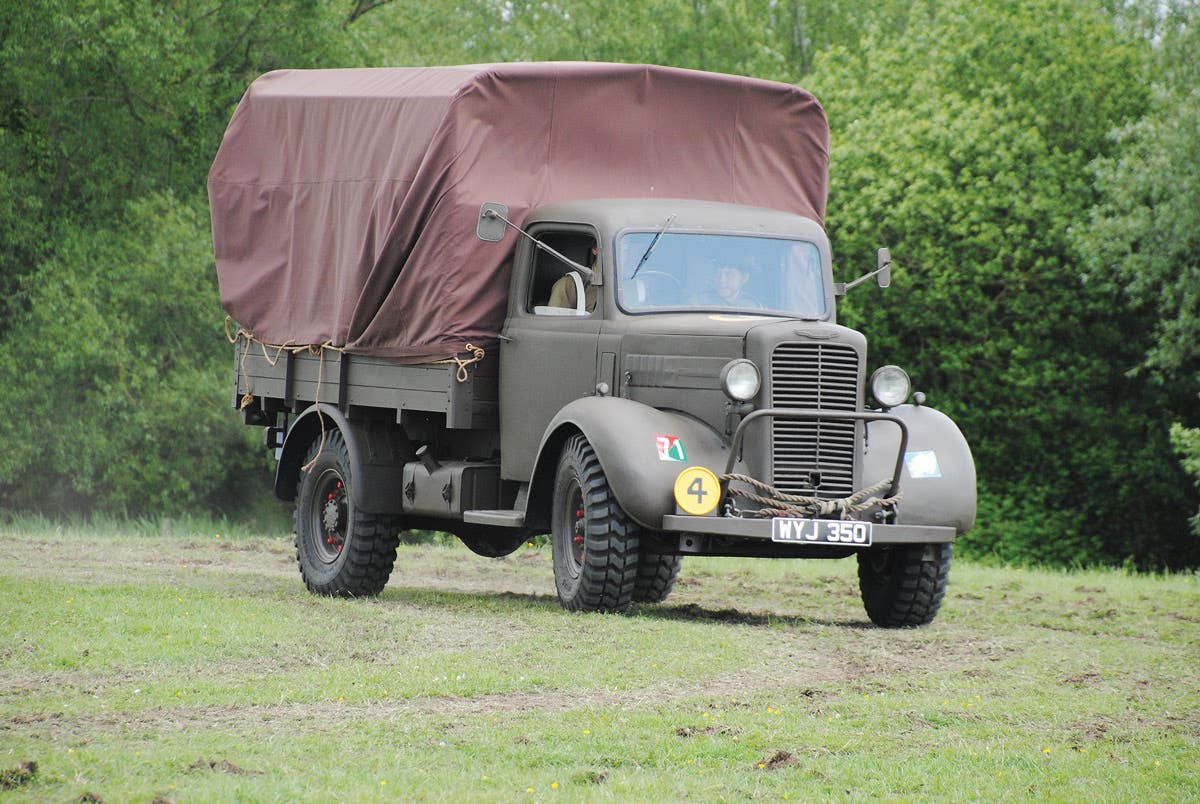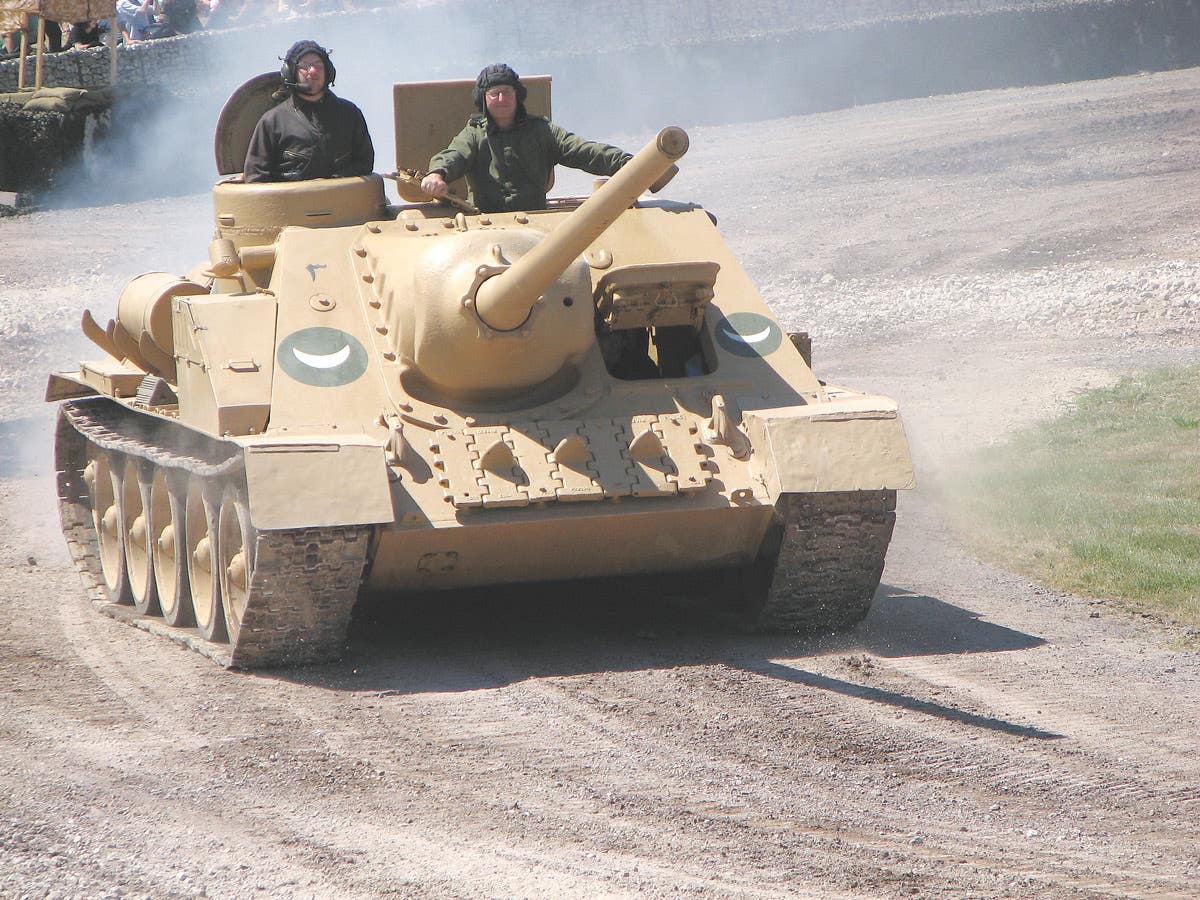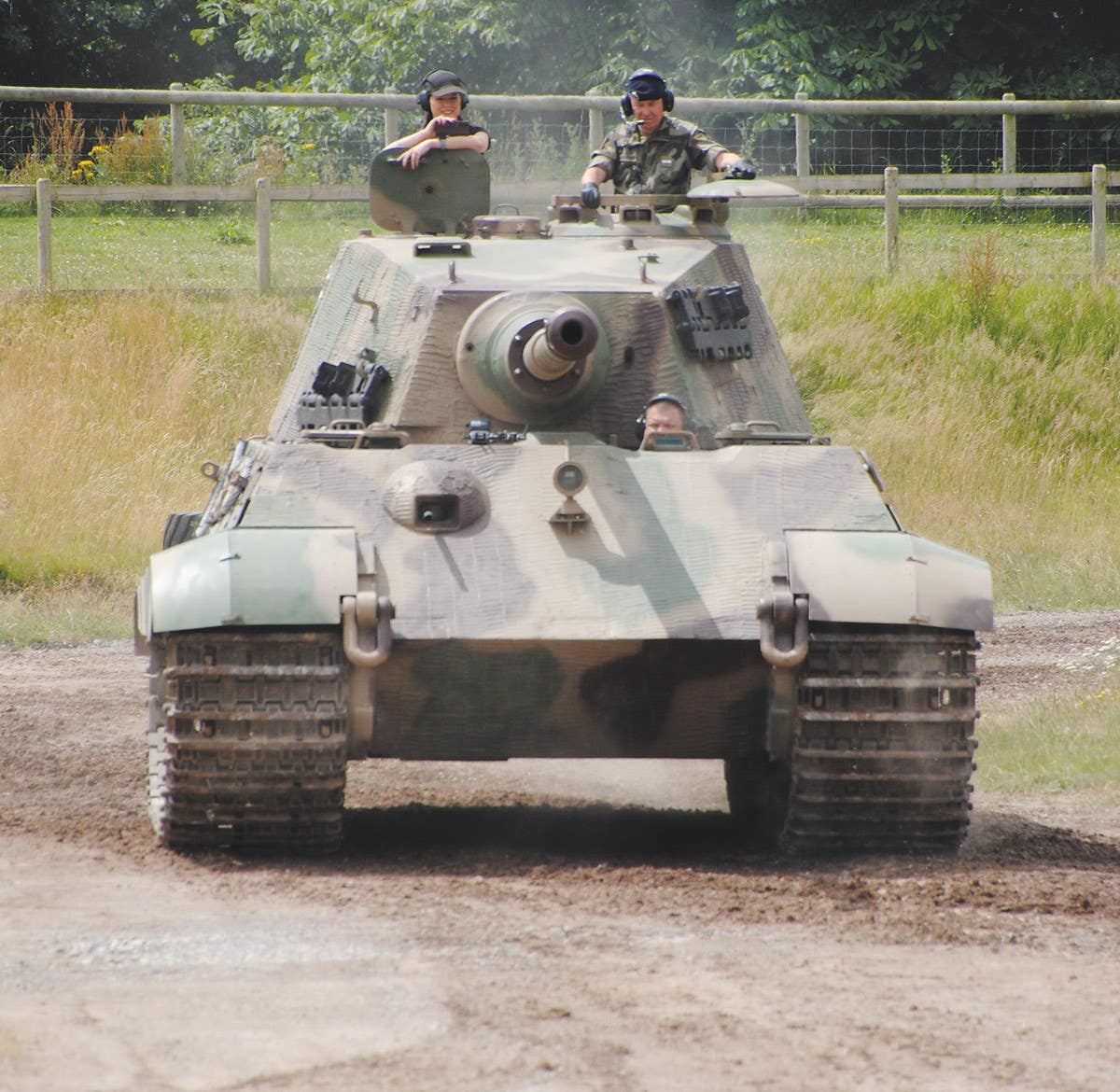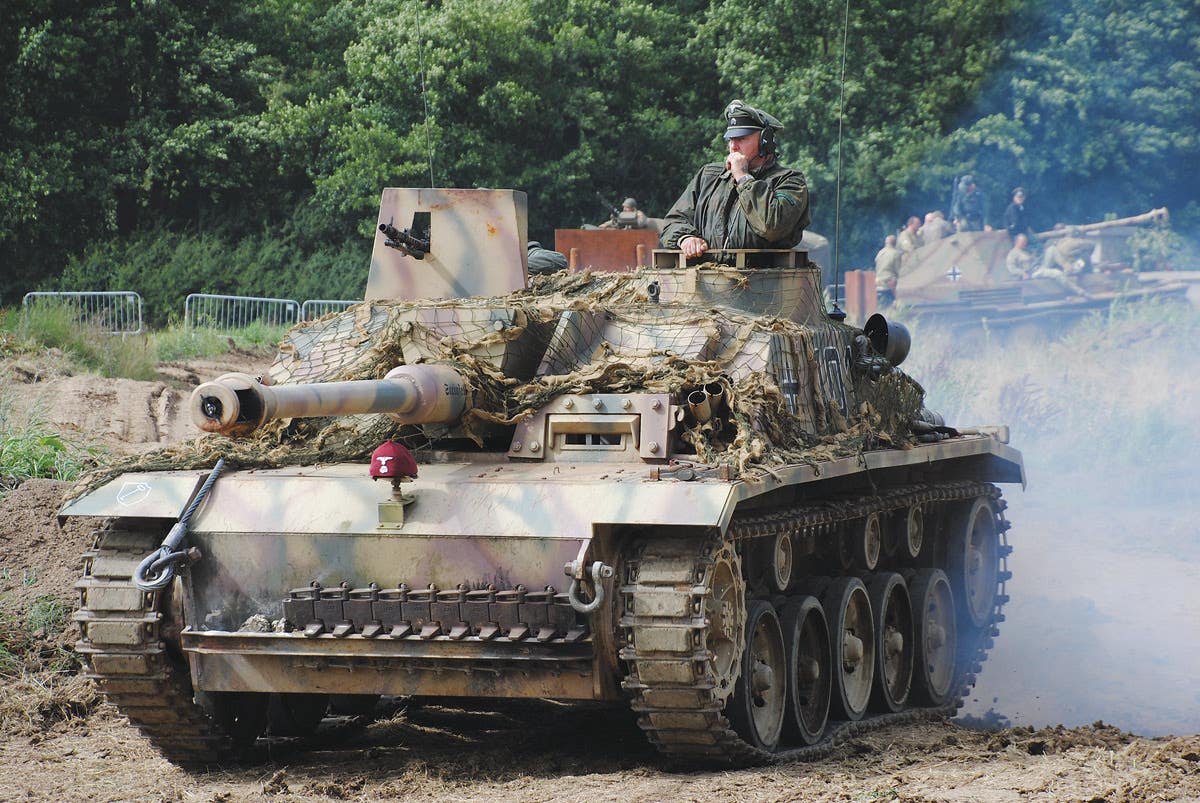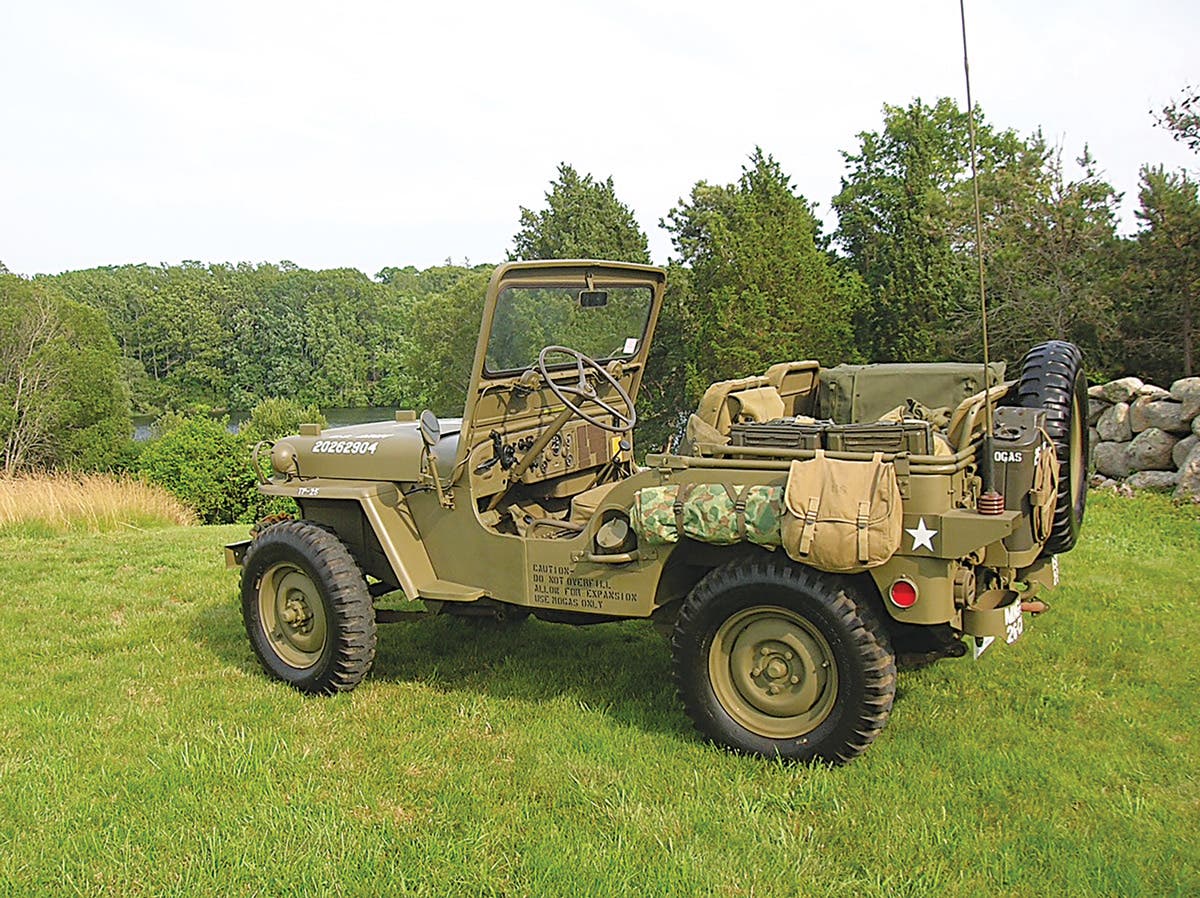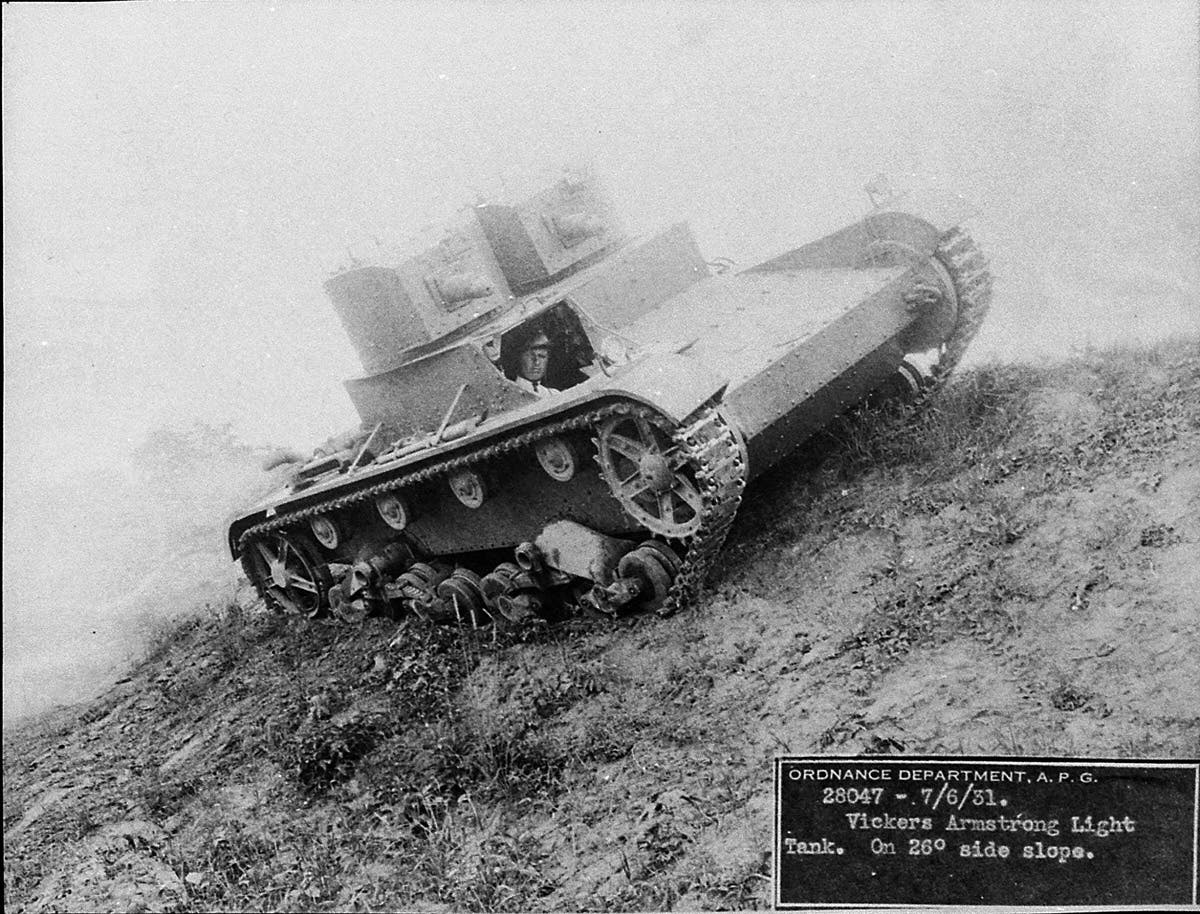A WWI movie star
A look behind the scenes with the “War Horse” replica tank
Creating realistic props for films has come a long way over the years since the days of some rather dodgy-looking models of warships in the 1957 film “Enemy Below” to the hi-tech CGI scenes created for the 2006 production of “Fly Boys”. War films are expensive to produce if they are to be realistic, especially when it comes to vehicles and tanks in particular. For example, the production budget for the 1998 movie “Saving Private Ryan” was $70 million and 16 years later for the 2014 movie “Fury” the budget was between $68 and $80 million. or the 2019 movie ‘1917’ the budget was estimated at a massive $95 million.
Original vehicles from WWI are very scarce and valuable and some have become so fragile the amount of drive time they can be allowed is severely limited. In fact, the Tank Museum at Bovington in Dorset, England, has had to cancel all mobility demonstrations by the original WWI vehicles in its collection, which includes a Mk. IV “Male”. For filmmakers, this means that alternatives have to be created in the form of replicas which have to be as authentically-looking as possible. Now, before purists start to bemoan this idea, it has to be agreed that some of the results are hard to distinguish from the real thing.
For movies set in WWII things can be more flexible and there are more surviving operational vehicles around, such as trucks, versions of Sherman tanks and Stewart tanks. Indeed, real Sherman tanks have been used in many productions, such as the 1970 movie “Kelly’s Heroes” and mini-series such as “Band of Brothers” and “The Pacific”. For the more scarce vehicles, such as the Tiger, of which only 1,347 were produced, recreated replicas built over the chassis of other tanks are often used. For “Kelly’s Heroes” the Tiger tanks were based on Russian T-34 tanks. Similarly, the Tiger tank used in “Saving Private Ryan” was based on a T-34, while the Marder III SPGs and the SdKfz 251half-track carriers were based on other chassis or post-war OT-810 copies.
The numbers of movies and television program which have required the appearance of replica tanks and other historical vehicles has grown and the list includes blockbusters such as the 2001 “Enemy at the Gates”, which had a production budget of $68 million. To keep pace, the companies supplying the special effects for these productions have developed enormously. The design teams producing the replica vehicles have to go to great lengths to get everything right, and the executives of the films allow only the best to work on these projects. An example of this is seen on Steven Spielberg’s 2011 World War I movie “War Horse”, which had an estimated production budget between $66 to $77 million. The storyline required an accurate replica Mk IV tank as used by the British army at the time.
Spielberg had featured a WW I vintage-type tank in his 1989 blockbuster “Indiana Jones and the Last Crusade”, for which the mechanical effects supervisor George Gibbs created a tank based on an Anglo-American-design called the Mk VIII (Liberty) or International. In reality, the tank had entered service in 1920 and was used by the United States Army until 1932, with a few examples being supplied to Canada.
The design team visited military museums for research purposes and at one point considered the option of leasing a French WWI tank. The idea was dropped and instead the crew decided instead to build a full-size working model based on a 28-ton excavator. George Gibbs decided to use steel rather than lighter materials to give the tank a more realistic movement and added to the framework over the chassis with the tracks being powered by hydraulic pumps each connected to a Range Rover V-8 engine.
It took four months to build the working model. which measured 36 feet in length, weighed 28 tons and had a speed between 10 and 12 mph. Artistic licence was used when it came to the type of armament, with a turret added in place of the penthouse-like superstructure on the roof, but the guns were mounted in the side sponsons as they were on the real thing. The impression worked well for the action sequences. For a scene where the tank is driven over the edge of a cliff, the special effects team used a quarter-scale model.
For “War Horse”, set in 1917, and based on Michael Morpurgo’s novel of the same name, Spielberg required the highest levels of realism possible. The film needed a tank which was in service at the time for some of the battle scenes. With no original vehicles available, it had to be a replica and for authenticity it had to be perhaps the most realistic-looking recreation ever built. The type of tank which had been acceptable for the action adventure Indiana Jones film would not do for such a serious work.
The job of creating the tank was awarded to the Chertsey-based company of Neil Corbould Special Effects Ltd, in Surrey, England. The company had a wealth of experience having previously worked on major productions such as “Black Hawk Down” and “Saving Private Ryan”, for which it had won a string of awards.
The design team knew it would have to undertake highly detailed research and approached the Tank Museum at Bovington in Dorset for its assistance. From their archives, museum staff were able to supply technical drawings of the tank, with all the accurate specifications, which allowed the design team to build a full-sized replica working model of a British Mk IV tank. This particular design first entered service in 1917 and was armed with two 6-Pounder guns in side sponsons and up to four machine guns. The real Mk IV weighed 28 tons, measured 26-feet-5-inches in length, 13-feet-9 in width and 8-feet-2 in height. It was powered by a Daimler petrol engine which was rated between 100 and 125 hp and could reach speeds up to almost 4 mph.
Once the team had put together their plan for building the tank and worked out which materials to use, they managed to produce a very realistic-looking working model in only 12 weeks. For mobility it was based on a commercial excavator and could reach speeds of 3 mph. David Willey, the curator of the Tank Museum, on seeing the completed project called it “a wonderful recreation with all the presence of the real thing.” This comment is high praise indeed from the man who has seen some of the most historically important war machines in the world. For the general public, they can judge for themselves when watching the film
Tanks in WWI were used to crush barbed wire and smash machine gun posts with the infantry following behind them to secure the ground they had attacked. The Germans were stunned to be attacked by such monstrous machines. They tried to build tanks of their own design, the A7V, but they never managed to develop an armoured force like the British or French. In fact, they only built 20 known examples and otherwise resorted to using captured examples of the British Mk IV.
The original wartime Mk IV tank in the collection of the Tank Museum used to be displayed at certain events, but age has now caught up with it and it has been declared too fragile to be used in arena displays. By coincidence the museum had been planning to build a replica Mk IV of its own, but when the filming of “War Horse” was completed it was given the opportunity to obtain the replica tank. An agreement was reached and the museum is now the proud owner of the most realistic-looking WWI tank around and uses regularly to particpate in events.
It was at the 2012 “Tankfest” event that the museum rolled out the replica Mk IV tank for the first time. The recreated tank has all the rivets, armour plate, hatches and correct angles to create the distinctive “rhomboid” shape with the tracks running down the length of the sides. It is virtually indistinguishable from the real thing as it rumbled towards the barbed wire entanglements in front of the German trenches as they recreated a First World War battle scenario using the Great War Society. Pyrotechnics added smoke to the setting and it was most authentic amid the load explosions of other pyrotechnics. Such a beast emerging through the smoke would have been a fearsome sight back in 1917. It’s no wonder when confronted by it in the war the Germans believed the Devil himself was coming at them.
The Tank Museum also has a replica German A7V tank in its collection, built by a group of enthusiasts, which is also operational. It would be an interesting scenario if the Tank Museum were to arrange a meeting between the recreated German A7V and the Mk IV to recreate the first tank vs. tank engagement from April 24, 1918, at Cachy near Villers Bretonneux in France, between three Mk IV tanks and a number of German A7V tanks. Lt. Frank Mitchell, commanding a Mk IV, destroyed one of A7Vs and, in the style of Royal Navy tradition, tried to claim the prize money for having destroyed an enemy “landship”as tanks were sometimes referred to at the time. His request was turned down.
*As an Amazon Associate, Military Trader / Military Vehicles earns from qualifying purchases.



